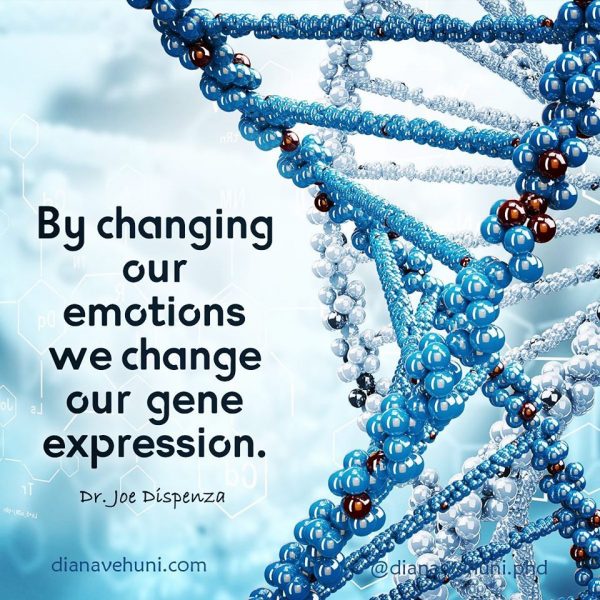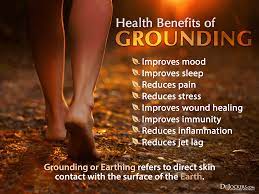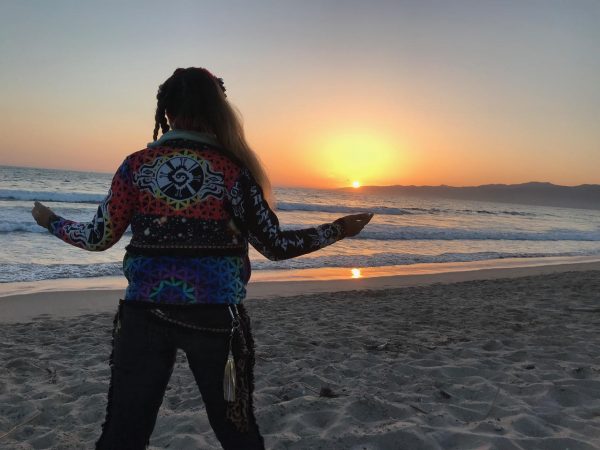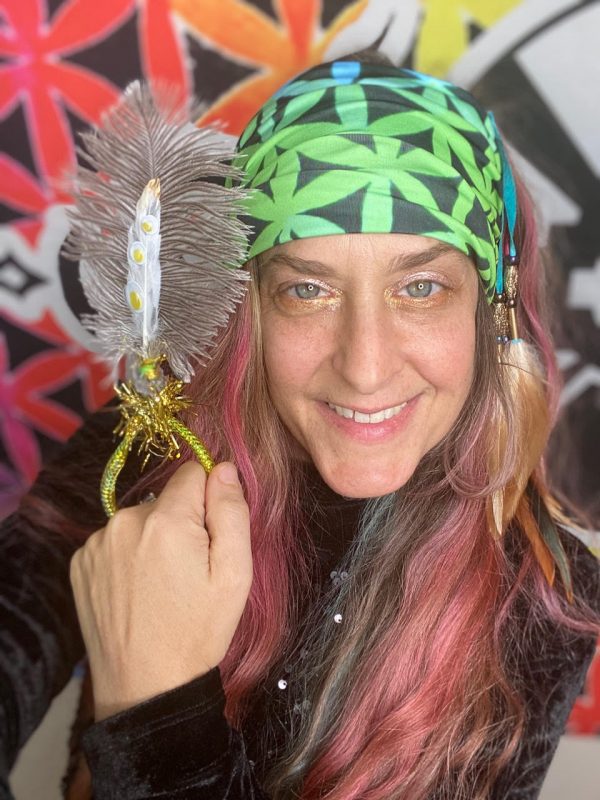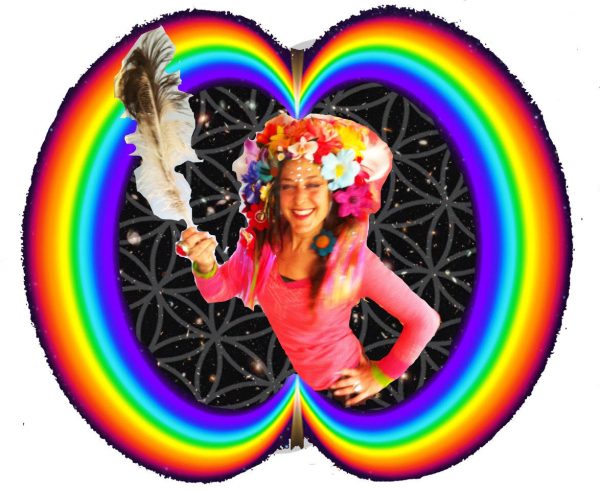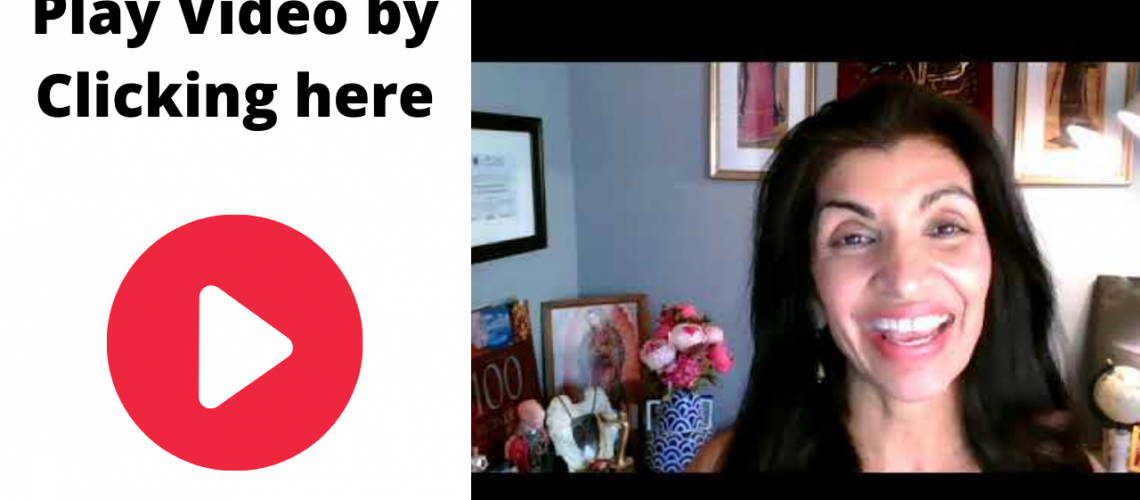Kitoto Sunshine Love went through struggles at age 19. She failed under addiction and ended up at the hospital multiple times. Later she found out she was bi-poler and was close to committing suicide.
Kitoto was able to find love from people and firstly God. Today she is here helping others to fight through similar situations by caring, and listening to their voice, and helping others to seek help.
